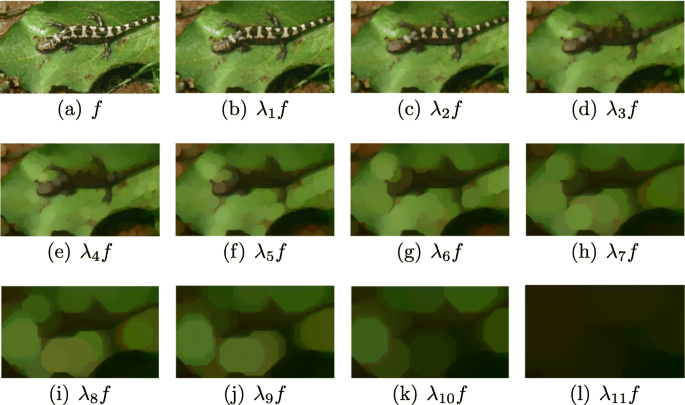

This kind of memory was originally often used to implement MMU *'s. The memory is not addressed according to it's linear address but by it's content, usally some sort of tag to gain access to the real data. Together they are often called CAD */CAM *.

Once a medium has a certain reliability you can enhance it's reliability to whatever you like by sacrificing speed. Beware that the nominal and actual bitrate may differ depending on the reliability of the medium. More.īasic Input Output System, the (EEP)ROM that handles how a PC starts up Old computers couldn't handle lower case letters.

This has the extra advantage that only upper case characters are used. Usually the datastream is chopped in parts of six bits and ' ' is added. The Apple way to code binary files using visible ASCII-only to fascillitate sending the data over pure-ASCII (or unknown) networks. In early modems the baudrate * was equal to the BPS *, hence the confusion. Not clocked, so just a bunch of logic ports one after another. The last inversion is probably because NOR * ports are faster then OR *'s and because ports with inverted outputs offer more possibilities.Īdvanced Subscriber Line Audio processing interface The output is high if and only if all inputs are high.įirst a couple of AND-ports, whose outputs go into a single NOR * port. This is a small card you prick into the motherboard and it contains enough (dependend on country) hardware, so the CPU * can emulate a (soft-) modem * with it. They mainly make (good!) connectors.Īudio Modem * Riser. The amplitude variation of a wave carries a slower wave.Ĭhipwise usually an OPerational AMPlifier (OpAmp *). 2002: Even low-cost ($90) modern AGP * video cards can handle multiple displays now, although the second one is usually configured on the card to be a TV. Disadvantage: Only one AGP * slot per motherboard so multiple displays becomes more difficult. This port was added after the PCI * bus proved to be to slow for graphics. (Term used by manufacturers without a licence from Philips)Īsynchronous Communications Interface AdapterĪdvanced Configuration and Power InterfaceĪdvanced Communications Riser, probably similar to an AMR *Īdaptive Differential Pulse Code Modulationīoth the sender and the receiver predict what the next sample will be based on the fact that the human voice and simple modem * signals never contain two frequencies at once and then instead of sending the complete 8 bits PCM * code only the difference is send in 4 bits.Īdjusts input audio volume automatically. Click on the first letter of the abbreviations you're looking for:


 0 kommentar(er)
0 kommentar(er)
